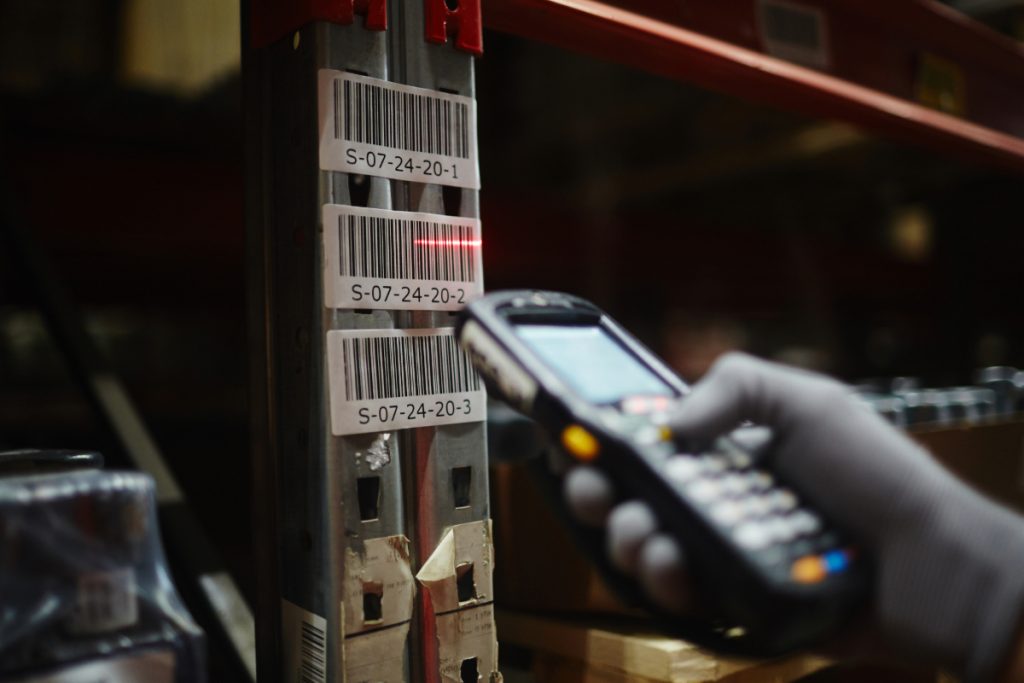Despite the surge of online stores and e-commerce offerings, a majority of retail shopping still takes place in brick and mortar stores. Fortunately, this is not an either/or situation, as your customers will choose the buying option that suits their needs at that moment.
So what stops some physical retailers from putting their products online? Inventory, specifically managing the inventory between the physical location and the ecommerce store. Here’s how you can manage both, save time, and open more selling opportunities for your business:
Start with dedicated inventory solution
You may have used pen and paper or even excel spreadsheets in the past, but to properly manage multiple sales channels, you need a proper Inventory Solution.
A dedicated inventory software provides toolsets that can provide inventory forecasting, auto-reorder points to prevent stockouts of popular items, while collecting all of your business data to understand trends, seasonality, and demographics to better understand your customers.
A proper inventory management software will serve as the basis for keeping accurate counts between your physical and online stores, and provides a hub for additional tools to be built into your specific business needs, like exporting your financials to Quickbooks.

Implement Inventory Best Practices
Before launching out in the wide world of ecommerce, put your new inventory solution to use with some inventory management best practices. If you already have an online presence, these processes still hold true.
- Organize, Label, and Scan: Setup your warehouse or backroom in a manner that makes clear designations for all items, including labels to speed up receiving and order fulfillment. For a real boost, add Mobile Inventory Management to employ 2D Barcode scanning and rapid item moving. If space allows, create a dedicated space for order fulfillment to make the pick, pack, and ship process faster.
- Prioritize products with an ABC analysis: the ABC analysis to prioritize high-value products with low frequency of sales, moderate-value products with moderate frequency of sales, and low-value products with high frequency of sales. This will help you understand which products need the most attention from an inventory management perspective
- Add Multiple Carts: Once your items are set up, organized, and in your inventory program, you can tie multiple ecommerce carts like Shopify or Amazon through a CSV file, and implement a data exchange that manages all sales while accurately accounting for inventory.
- Grow: What if your online presence outgrows your warehouse capacity? Your inventory solution and the tools listed above scale with your success. Find additional storage space or facilities, carry your processes over, and your inventory will remain accurate!
What about B2B Businesses?
Everything covered thus far has felt B2C, but good news, it can all apply to your B2B business. Your B2B customers may have different purchase agendas in mind, but they want the same ease of access that we’ve come to expect in a B2C experience.
Let’s review:
- You need an inventory solution that can also handle ERP needs.
- Your warehouse has an existing layout, but to speed up order fulfillments, add the Mobile Inventory Solution to enable 2D barcodes, item moves, even order processing.
- Create a dedicated B2B Sales Portal, allowing your customers to see exactly what you have on hand, order what they need, and keep accurate inventory count on your end.
Like a B2C counterpart, the more streamlined your B2B sales process and the more sales channels you make available, the greater your business’ revenue potential.
Should you bring your business online? Here’s some benefits:
- Cost Effective Expansion – You already have the product and the space to store it, adding another “space” for selling products is adding a website or using an existing ecommerce service.
- Rely on Existing Customers – you have repeat business, let them help spread your business by word of mouth! You can now reach customers from around the world.
- This store never closes – 24/7 sales allows customers to buy when they want. The less friction on their journey to a purchase brings more business.
- The Data: your inventory software can provide a range of metrics as it relates to sales, items, and seasonality, but your online presence can provide additional insight to customer behaviors and how they found you. This can inform marketing decisions and trends for your business.
- Best of Both Worlds: sometimes a customer wants to feel the item, try it out, or even have the experience of being out and about. And other times they just want to buy the thing the moment they think about it. With a physical store and online presence, you are providing both.
Still Feeling Overwhelmed?
As a B2C or B2B business owner, if you’re looking to incorporate your store into online offerings, it is essential to understand inventory management. Too often poor inventory management can be a complex challenge to overcome, regardless of your level of expertise, business size, product range, or audience.
Turn to an inventory expert.
Your business may need help implementing inventory software, worker training, or general inventory consulting. This is what experts are for, to ensure your business is operating with best practices and providing your workers with the knowledge base for operational efficiency.
Now you get the best of both worlds; proper onboarding and training, while you focus on the business itself.
Takeaway
While the majority of retail shopping still takes place in physical locations, building your online presence can maximize your revenue potential. Don’t let the worry of inventory management prevent you from bringing your goods to a wider customer base.
With a dedicated inventory management software, implementing inventory best practices can help manage inventory across multiple sales channels. These strategies can also be applied to B2B businesses to improve their sales process. Bringing a business online can be cost-effective, expand customer reach, provide valuable data insights, and offer customers the best of both worlds with physical and online shopping options.
If you’d like to know more about bringing your inventory into the online space, reach out!



